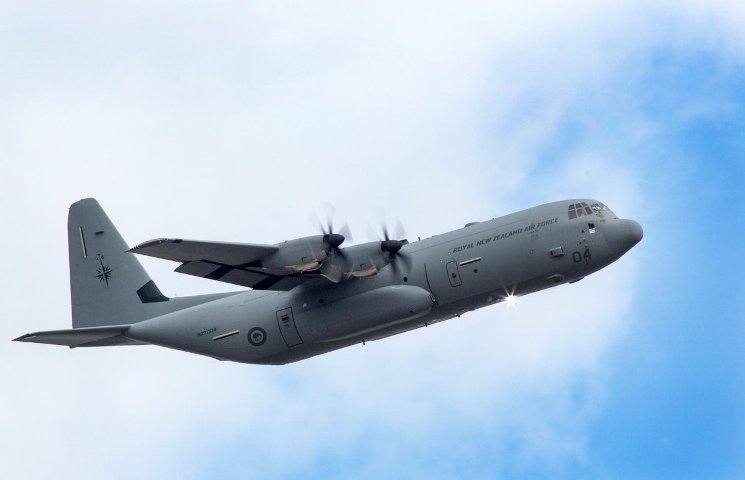Defence Minister details further progress on refreshing aircraft fleets
This follows yesterday’s release of the Coalition Government’s Defence Capability Plan 2019, and the announcement of the C-130J-30 Super Hercules as the preferred option to replace the ageing Hercules fleet.

- Country:
- New Zealand
Defence Minister Ron Mark has detailed further progress on refreshing the Royal New Zealand Air Force’s aircraft fleets at Whenuapai Air Base today.
This follows yesterday’s release of the Coalition Government’s Defence Capability Plan 2019, and the announcement of the C-130J-30 Super Hercules as the preferred option to replace the ageing Hercules fleet.
“Last year the Coalition Government decided to buy four P-8A Poseidon aircraft. The P-8s are a once in a generation purchase and will ensure that the Air Force’s crucial maritime patrol capability is maintained for decades to come. The project is on schedule to replace the P-3K2 Orion fleet from 2023, and I am pleased to announce further details today, with the release of a project timeline.
A timeline with milestone estimates and previously released project factsheets are attached to this statement.
Further progress has been made on two other air capability projects that are featured in the just-released Defence Capability Plan.
The Government has approved investment of $56.8 million for the Operational and Regulatory Aviation Compliance project, from within internal departmental depreciation funding.
This project will ensure military aircraft comply with civil and military air traffic management and identification systems, which are necessary to abide by domestic and global regulatory safety and security requirements.
The project aligns with the Civil Aviation Authority-directed New Southern Sky programme, which seeks to follow global demands to realise the safety, environmental, social and economic potential of new airspace management and air navigation technologies by introducing new standards throughout New Zealand.
A project to deliver an Enhanced Maritime Awareness Capability is also underway. This was first announced at the time of the P-8A decision.
This complementary capability will consider smaller manned aircraft, Remotely Piloted Aircraft Systems (RPAS) or satellites, for additional maritime surveillance tasks within New Zealand’s Exclusive Economic Zone and the wider region. This will free up the P-8s to fly more missions, in the South Pacific and further afield.
The defence is working with more than 20 agencies to identify cost-effective recommendations for acquiring and delivering the capability, including the New Zealand Police, Customs, Biosecurity New Zealand, the Department of Conservation, and Fisheries. The Government expects to consider initial options later this year.
“Our progress across a range of air capability projects, and the planned future investments contained in the Defence Capability Plan 2019 reflects the Coalition Government’s defence priorities. Defence Force aircraft allow for a rapid response, ensuring that when called upon for help, New Zealand can be there as it always has been, supporting our communities, the nation and the world.”
(With Inputs from New Zealand Government Press Release)
- READ MORE ON:
- Air Force
- Defence Capability Plan
- Regulatory Aviation Compliance
- investment
- RPAS
- Royal New Zealand Air Force
- C-130J-30 Super Hercules
- aircraft
- P-8A Poseidon
- P-3K2 Orion
- air capability projects
- maritime patrol capability
- safety
- security
- Civil Aviation Authority
- Remotely Piloted Aircraft Systems
- Exclusive Economic Zone
- New Zealand Police
- Biosecurity
- maritime surveillance tasks










